Pro-xylane
- CAS NO.:439685-79-7
- Empirical Formula: C8H16O5
- Molecular Weight: 192.21
- MDL number: MFCD32067869
- EINECS: 456-880-5
- Update Date: 2025-12-26 16:58:18
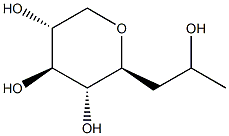
What is Pro-xylane?
Description
Pro-xylane (PX) is a cosmetic ingredient used for skin conditioning and is widely used in anti-aging product research. It is considered to be an optimal activator for the biosynthesis of glycosaminoglycans (GAGs) sulphate and can be used to prepare a novel bioactive c-glycoside compound, which is a "green" chemical. In addition, Pro-xylane has been shown to enhance the blue colour of anthocyanins (ACNs), with ACNs-PX showing a colour close to Oxford blue, a surface height of 2.13 ± 0.14 nm and a slight increase in stability[1-2].
Chemical properties
Pro-xylane is an organic compound with the appearance of a pale yellow to off-white powder or a colourless viscous liquid, stored in a cool dry place, and has been used in experiments related to the basic science of aging.
The Uses of Pro-xylane
Pro-Xylane is a sugar-molecule derived from the beech wood tree utilizing green chemistry. It functions, in vitro, by stimulating the production of proteoglycans, a water-absorbing molecule in human reconstructed skin. Higher levels of proteoglycans within the reconstructed skin’s extracellular matrix correlate to increase skin-elasticity and firmness. In cosmetics, pro-xylane products are frequently incorporated into anti-aging lotions and creams to counterbalance signs of aging (i.e., fine lines and wrinkles).
Mechanism of action
Pro-Xylane enters the skin and stimulates the part that produces and builds the extracellular matrix (a gel-like network of proteins and sugars that act as a scaffold and shock absorber between cells) called proteoglycans.These molecules absorb water and make the matrix more gel-like, increasing the firmness of the cells and increasing the firmness of the skin.It can also serve as a highway to guide supplemental molecules (such as growing proteins) to cells.
References
[1] ALEXANDRE CAVEZZA . Synthesis of Pro-XylaneTM: A new biologically active C-glycoside in aqueous media[J]. Bioorganic & Medicinal Chemistry Letters, 2009. DOI:10.1016/j.bmcl.2008.12.037.
[2] KAI DENG. Improved Stability of Blue Colour of Anthocyanins from Lycium ruthenicum Murr. Based on Copigmentation.[J]. Molecules, 2022. DOI:10.3390/molecules27186089.
Properties of Pro-xylane
| Boiling point: | 376.0±42.0 °C(Predicted) |
| Density | 1.368±0.06 g/cm3(Predicted) |
| vapor pressure | 0Pa at 25℃ |
| storage temp. | Store at -20°C |
| solubility | Water: 250 mg/mL (1300.66 mM); DMSO: ≥ 83.33 mg/mL (433.54 mM) |
| pka | 13.55±0.70(Predicted) |
| form | Liquid |
| color | Colorless to light yellow |
| InChI | InChI=1/C8H16O5/c1-4(9)2-6-8(12)7(11)5(10)3-13-6/h4-12H,2-3H2,1H3/t4?,5-,6+,7+,8+/s3 |
Safety information for Pro-xylane
Computed Descriptors for Pro-xylane
| InChIKey | KOGFZZYPPGQZFZ-ZXWVZLFTNA-N |
| SMILES | C([C@@H]1OC[C@@H](O)[C@H](O)[C@H]1O)C(O)C |&1:1,4,6,8,r| |
New Products
4,4-Difluoropiperidine hydrochloride tert-butyl 9-methoxy-3-azaspiro[5.5]undecane-3-carboxylate Indole Methyl Resin N-Isopropylurea N,N-Dicyclohexylcarbodiimide(DCC) MELDRUMS ACID 5-METHYLISOXAZOLE-4-CARBOXYLIC ACID Magnessium Bis glycinate Zinc ascorbate 1-bromo-2-butyne 2-acetamidophenol 9(10H)-anthracenone Erythrosin B, 4-Piperidinopiperidine 2-((4-morpholinophenylamino) (methylthio) methylene) malononitrile 2,4-dihydroxybenzaldehyde 3-(4-morpholinophenylamino)-5-amino-1H-pyrazole-4-carbonitrile Methyl 2-methylquinoline-6-carboxylate 2,6-dichloro-4-nitropyridine 4-Bromo-2-chlorobenzonitrile 2-(benzylamino)acetic acid hydrochloride 4-(tert-Butoxycarbonylamino)but- 2-ynoic acid 3,4-dihydro-2H-benzo[b][1,4]dioxepine 1-Phenyl-1-cycloprppanecarboxylicacidRelated products of tetrahydrofuran


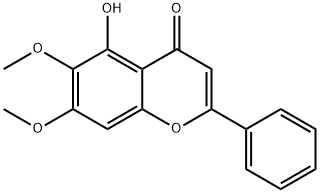
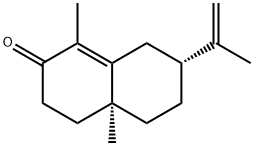

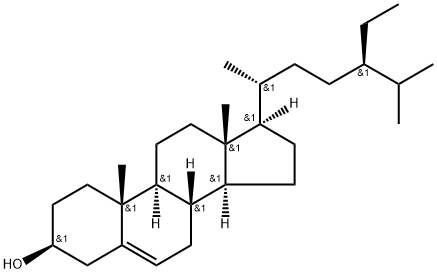
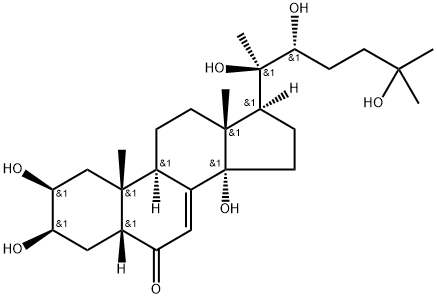
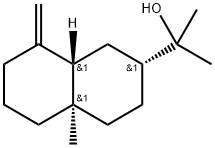
You may like
-
 3-(4-amino-1-oxoisoindolin-2-yl)-1-methylpiperidine-2,6-dione 98%View Details
3-(4-amino-1-oxoisoindolin-2-yl)-1-methylpiperidine-2,6-dione 98%View Details -
 1-methylindoline-2,3-dione 98%View Details
1-methylindoline-2,3-dione 98%View Details
2058-74-4 -
 614-19-7 98%View Details
614-19-7 98%View Details
614-19-7 -
 3112-85-4 Methyl phenyl sulfone 98%View Details
3112-85-4 Methyl phenyl sulfone 98%View Details
3112-85-4 -
 20677-73-0 (2,2-diethoxyethyl)methylamine 98%View Details
20677-73-0 (2,2-diethoxyethyl)methylamine 98%View Details
20677-73-0 -
 3-(4-(hydroxyamino)-1-oxoisoindolin-2-yl)piperidine-2,6-dione 98%View Details
3-(4-(hydroxyamino)-1-oxoisoindolin-2-yl)piperidine-2,6-dione 98%View Details -
 57381-49-4 2-bromo-4-chlorobenzonitrile 98%View Details
57381-49-4 2-bromo-4-chlorobenzonitrile 98%View Details
57381-49-4 -
 4,6-dichloropyrimidine-5-carbaldehyde 98%View Details
4,6-dichloropyrimidine-5-carbaldehyde 98%View Details
5305-40-8
